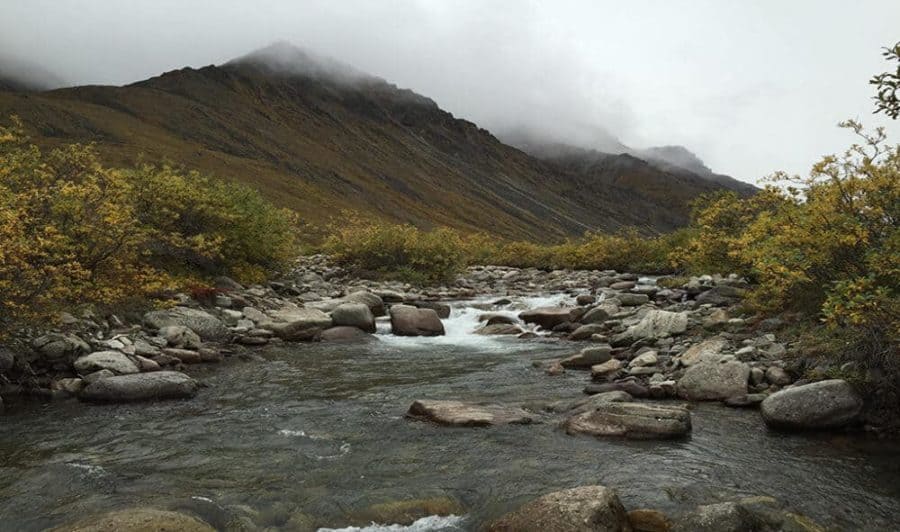Climate change is causing thick ice deposits that form along Arctic rivers to melt nearly a month earlier than they did 15 years ago, according to a new study co-authored by a Michigan State University hydrologist.
Typically, they grow throughout the winter until river valleys are choked with ice. Some of these formations have grown to more than 4 square miles in area – roughly three times the size of New York’s Central Park – and can be more than 33 feet thick.
In the past, they’ve melted out around mid-July, on average. But the study, published in Geophysical Research Letters, shows most disappeared 26 days earlier in 2015 than they did in 2000, melting around mid-June.
“While glaciers tell us about climate in the mountains, and sea ice tells us about sea-atmosphere interactions, the processes that control river icing may offer great insight into how groundwater and surface waters are connected in the Arctic and how our headwaters will be connected to the ocean in the future,” said Jay Zarnetske, MSU hydrologist and co-author of the study. “This is another ‘canary in the coal mine’ signal that we can see from space about how the Arctic is rapidly responding to global warming.”
Scientists have studied the effects of climate change on other types of Arctic ice like glaciers and sea ice, but until now no study has systematically looked at whether river icings are changing in response to a warming climate, according to the authors.
“This is the first clear evidence that this important component of Arctic river systems – which we didn’t know was changing – is changing and it’s changing rapidly,” said Tamlin Pavelsky, University of North Carolina hydrologist and lead author.
If it continues, it could have huge impacts on Arctic river ecosystems, Pavelsky said.
River icings are found all over the Arctic and create wide channels that are important habitats for animals and fish. They hold so much water that when they melt in summer, they keep rivers flowing that might otherwise dry up, providing important freshwater habitat for fish and other animals, he said.
The idea for the study came to Pavelsky in 2013 during a flight to northern Alaska for a recreational canoe trip. The pilot of the small plane, who had flown in the area for more than 30 years, said he noticed river icings were melting earlier in the season and the timing was becoming more unpredictable. River icings pack down the gravel on riverbeds and pilots use them as makeshift runways.
“My scientist antenna went right up,” Pavelsky said. “I said ‘Hey, I think I know how to look at that.’”
When Pavelsky returned from the trip, he downloaded data from the moderate-resolution imaging spectroradiometer aboard the NASA Terra satellite, which takes daily images of Earth. Pavelsky and Zarnetske then analyzed daily MODIS images of the U.S. and Canadian Arctic from 2000 to 2015, wondering if they could see evidence of changes to the ice that Pavelsky’s pilot had described.
They could. Pavelsky and Zarnetske detected 147 river icings using the MODIS data and found that of those, 84 are either becoming smaller or disappearing earlier in the season. The rest were unchanged. None of the river icings they analyzed grew or persisted later in the season.
The minimum area of ice they measured also shrank considerably over the study period. In 2000, Pavelsky and Zarnetske measured a minimum ice area of 30 square miles – roughly half the area of Washington, D.C. By 2010, that number had dwindled to just 2 square miles. By 2015, the ice had rebounded slightly, with a minimum area of about 3 square miles.


